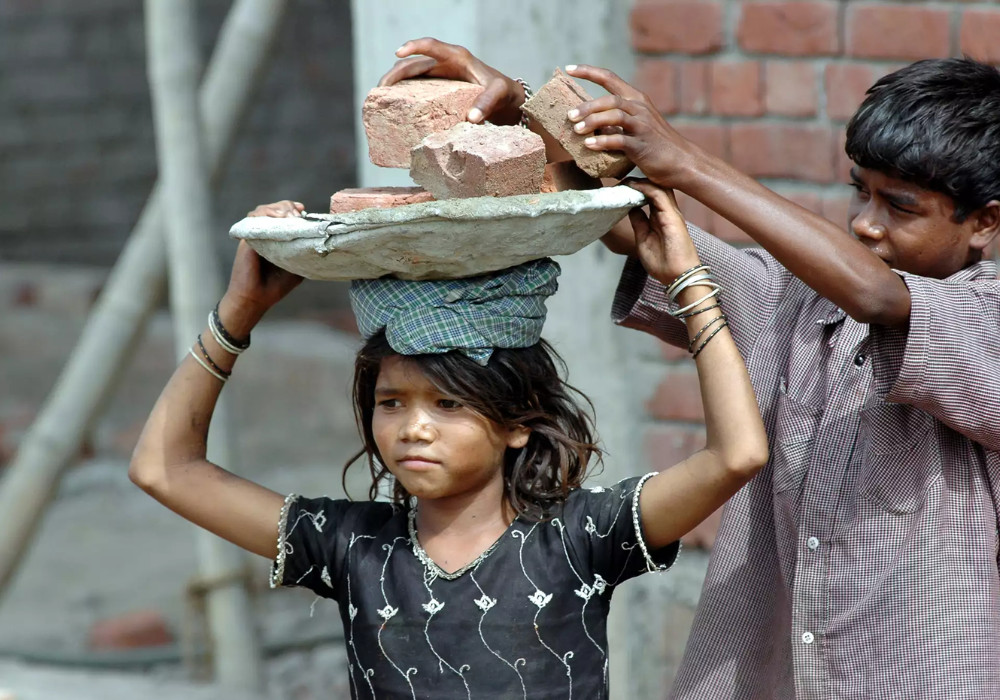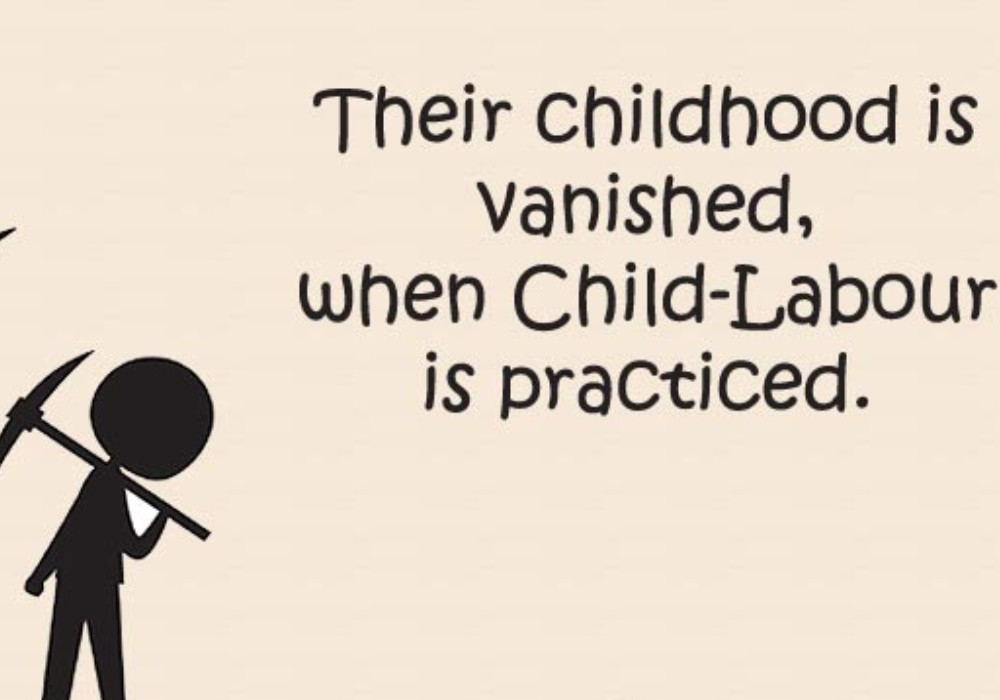Introduction
Child labour is a global concern that robs children of their childhood, education, and future prospects. Every year on June 12th, the World Day Against Child Labour is observed to raise awareness about the issue and advocate for the eradication of child labour worldwide. This day serves as a reminder that millions of children worldwide are still engaged in hazardous work, depriving them of their rights and well-being. In this blog, we will delve into the significance of this day and explore ways we can collectively address this pressing issue.
Understanding Child Labour
Child labour refers to the involvement of children in any form of work that is mentally, physically, socially, or morally harmful to them. These children are often engaged in hazardous conditions, long working hours, and are deprived of education, play, and basic rights. According to the International Labour Organization (ILO), an estimated 152 million children worldwide are engaged in child labour, with nearly half involved in hazardous work.

The Importance of World Day Against Child Labour
World Day Against Child Labour plays a vital role in drawing attention to the urgent need to end child labour. It aims to raise awareness among governments, organizations, communities, and individuals about the devastating impact of child labour on children’s lives and society as a whole. This day provides a platform for discussions, campaigns, and advocacy efforts to promote measures for the elimination of child labour.
Taking Action to End Child Labour
Efforts to eradicate child labour require a multi-faceted approach involving governments, businesses, civil society, and individuals. To combat this issue effectively, we must address its root causes. Poverty, lack of access to quality education, and inadequate social protection systems are factors that contribute to child labour. By addressing these issues, we can create an environment that enables children to thrive and grow without exploitation.
Government policies and legislation play a crucial role in protecting children’s rights and enforcing stricter regulations against child labour. Businesses also have a responsibility to ensure their supply chains are free from child labour and promote ethical practices. Additionally, investing in quality education, social protection programs, and poverty alleviation measures can significantly reduce child labour rates.
Conclusion
World Day Against Child Labour serves as a powerful reminder of the global efforts needed to eliminate child labour. It is a call to action for governments, businesses, organizations, and individuals to join hands and work towards creating a world where every child can enjoy their childhood, receive education, and grow in a safe and nurturing environment. Together, we can make a difference and build a brighter future for our children.

Steps towards eradicating Labour Child
Eradicating child labor is a complex and challenging task, but it is crucial for ensuring the well-being and rights of children worldwide. Here are some key steps that can contribute to the eradication of child labor:
- Strengthening Laws and Policies: Governments should enact and enforce robust legislation that strictly prohibits child labor in all its forms. These laws should set appropriate age limits for employment, define hazardous work, and ensure penalties for violations.
- Access to Quality Education: Education is a powerful tool for breaking the cycle of child labor. Governments and organizations must work together to ensure that all children have access to free and quality education. This includes addressing barriers such as poverty, gender inequality, and lack of infrastructure.
- Social Protection: Implementing social protection measures is essential to prevent families from resorting to child labor due to poverty or lack of resources. Programs like cash transfers, health services, and parental support can provide families with the necessary resources to meet their basic needs.
- Raising Awareness: Creating awareness about the negative consequences of child labor is crucial. Governments, NGOs, and media organizations should develop campaigns to educate communities about the importance of children’s rights, the risks associated with child labor, and available alternatives.
- Collaboration with Businesses: Companies must take responsibility for their supply chains and ensure that child labor is not present. By implementing strict policies and conducting regular audits, businesses can ensure ethical practices and contribute to eradicating child labor.
- International Cooperation: Addressing child labor requires global collaboration. Governments, organizations, and international bodies should work together, sharing resources, best practices, and expertise to develop comprehensive strategies and initiatives.
- Empowering Communities: Empowering communities is key to eliminating child labor. Providing vocational training, income-generating opportunities for adults, and support for small-scale businesses can help communities find sustainable alternatives to child labor.
- Monitoring and Reporting: Establishing mechanisms to monitor and report cases of child labor is crucial for effective eradication. Encouraging reporting hotlines, whistleblower protection, and regular inspections can help identify and address instances of child labor.
In conclusion, eradicating child labor requires a multi-faceted approach involving legislative action, access to education, social protection, awareness campaigns, collaboration with businesses, international cooperation, community empowerment, and robust monitoring mechanisms. By taking these comprehensive steps, we can work towards creating a world where every child is free from exploitation and has the opportunity to enjoy their rights and a brighter future.











More Stories
कमल हासन: 19 फिल्मफेयर, 4 नेशनल, पद्मश्री और पद्मभूषण अवॉर्ड भी नहीं रोक पाए विरोध की आंधी, अब क्यों जल रहे हैं इस सुपरस्टार के पुतले?
गोवा में टैक्सी संकट: चालकों का विरोध तेज, सरकार ने सरकारी ऐप से जुड़ने की अपील की
Prey Decline Fuels Tiger-Human Conflict in East India